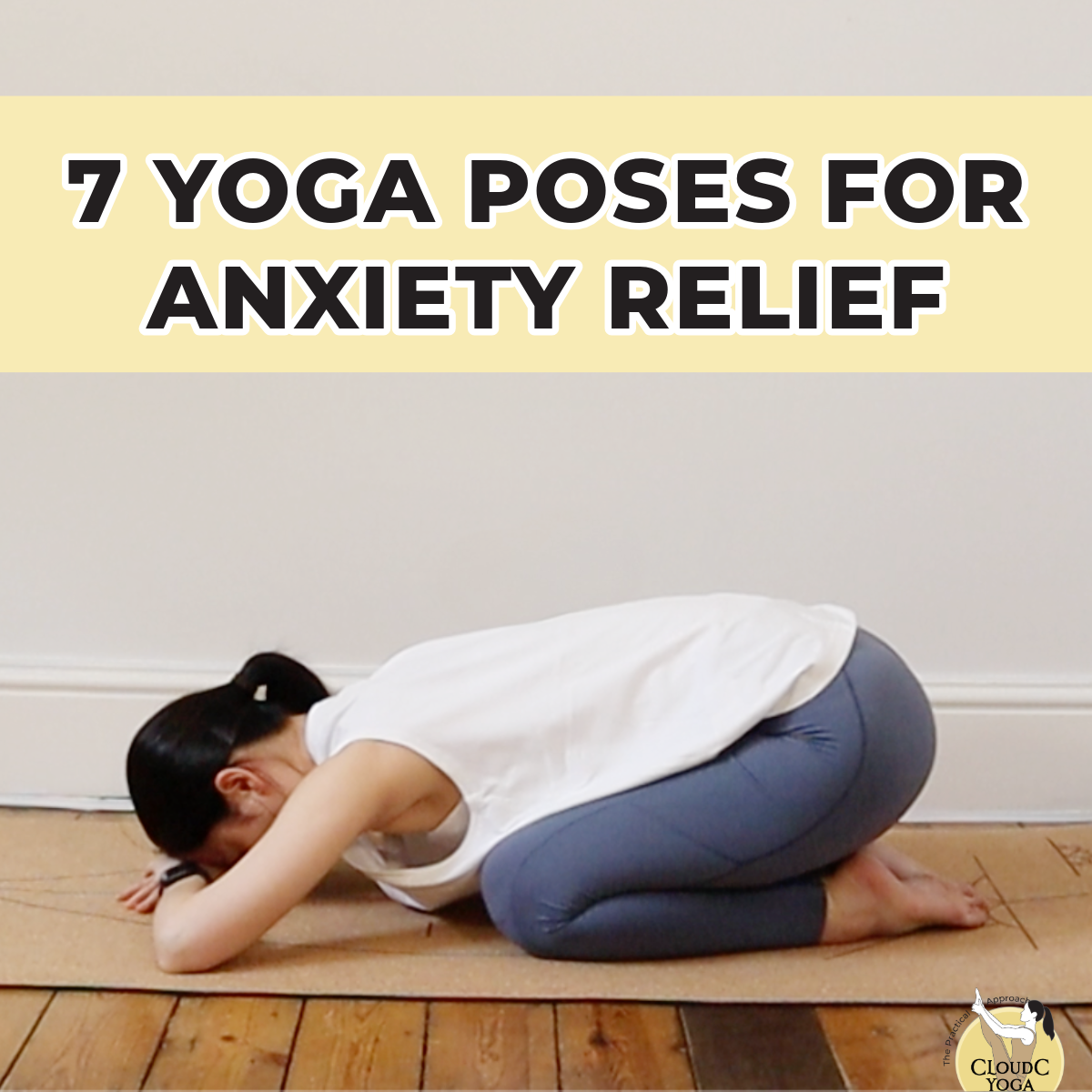Downward Facing Dog: Essential Yoga Posture
The yoga posture known as Downward Facing Dog (Adho Mukha Svanasana) is familiar to all. Whether or not you engage in yoga, you have likely come across this pose at some point.
Now, let us examine it more closely and delve into the two modifications designed for beginners to enhance this essential yoga posture's mental and physical advantages.
Downward Facing Dog Version 1: The Original Version
To get into a downward-facing dog, starting from the tabletop pose is commonly recommended,
From the tabletop, lift the knees up off the floor.
Through that, extend to find the entire length of the spine. A downward-facing dog's most important aspect is finding the full release of the spine to get the most benefits.
Keep your head down, pointing downward.
The legs could be straightened or bent if the spine is adequately elongated without rounding.
For beginners, stay in the pose for 2-3 breaths and gradually build up to a longer duration.
The downward-facing dog can be modified for individuals with different ranges of motion, especially those with less mobility training. Below are the most recommended modifications for entry-level beginners or anyone who finds it hard to accommodate into the full version yet,
Option 2. Modification Bend Knees Version Downward Facing Dog
Based on the steps from the original version, slightly bend your knees towards your chest while maintaining the spine in proper alignment without rounding.
Stay in this pose for around 3-5 long deep breaths.
Option 3. Modification with movement - Paddling in Downward Dog
Based on option 1, paddling your feet in and out in the downward dog.
Start slightly bending your right knee towards your chest while straightening your left leg. Feel the left leg stretch from the calf muscles to the hamstring and hips. Repeat the same motions on the other side.
For active practice, keep your paddling lightly and smoothly; at any point, if you feel a deeper stretch and connection on one of the legs, you may stay there longer.
What are the benefits of a downward-facing dog?
The Light of Yoga by B.K.S. Iyengar emphasizes the numerous benefits of incorporating downward-facing dogs into one's yoga practice. Here's a concise summary in bullet points.
When one is exhausted, staying longer in this pose removes fatigue and brings back the lost energy.
The pose is perfect for runners who get tired after a hard race.
The pose relieves pain and stiffness in the heels and helps to soften calcaneal spurs. It strengthens the ankles and makes the legs shapely.
This asana helps eradicate stiffness in the region of the shoulder blades, thereby relieving arthritis of the shoulder joints.
The abdominal muscles are drawn towards the spine and strengthened. The heart rate is slowed as the diaphragm is lifted to the chest cavity.
Those afraid to do Siraasana (headstand) can conveniently practise this position. As the trunk is lowered in this asana, it is fully stretched, and healthy blood is brought to this region without any strain on the heart.














